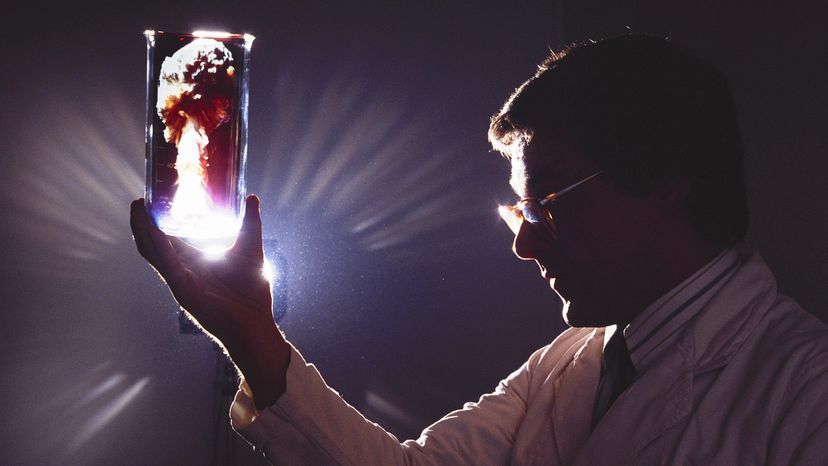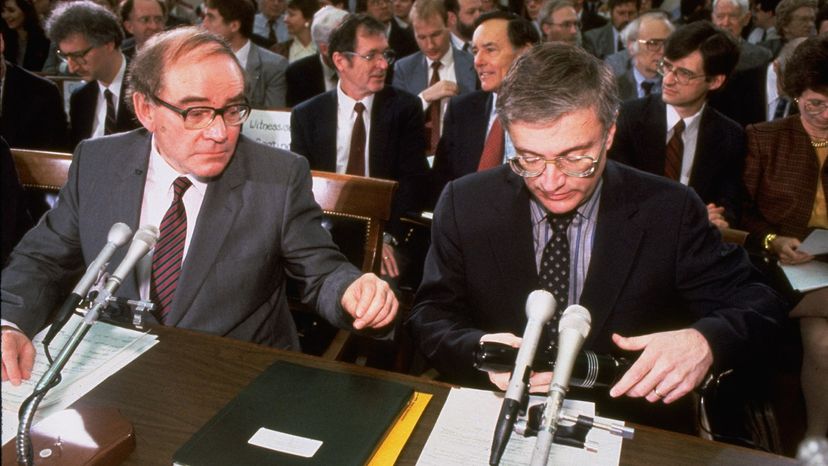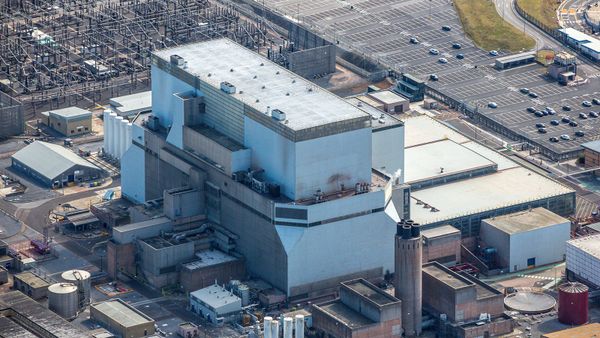
Key Takeaways
- The HERMES project in Europe is exploring cold fusion through advanced scientific techniques, focusing on the palladium-hydrogen system to potentially produce anomalous effects.
- Researchers are cautious, acknowledging that most past observations of cold fusion phenomena, like excess heat or neutron radiation, suffer from reproducibility issues and may not be actual fusion.
- This high-risk, high-reward research aims to either discover a reproducible experiment for probing these reactions or, if unsuccessful, contribute to the understanding of palladium-hydrogen systems for other applications, such as hydrogen fuel production.
Back in March 1989, at a press conference in Salt Lake City, scientists Stanley Pons of the University of Utah and Martin Fleischmann of Great Britain's University of Southampton made a startling announcement. The researchers had managed to fuse the atomic nuclei of a hydrogen isotope to create helium — the same sort of process that powers the sun — and they'd been able to do it at room temperature, without putting in more energy than the process produced, as this Wired retrospective from 2009 details.
The research raised hopes of a new source of abundant energy that would replace fossil fuels and conventional nuclear power, as a CBS News story from that time reported. But other researchers who tried to duplicate the experiments were unable to reproduce the results, or else concluded that they were caused by experimental errors, according to a 1989 New York Times article. "Most of the scientific community no longer considers cold fusion a real phenomenon," Peter N. Saeta, a professor of physics at Harvey Mudd College, wrote in Scientific American in 1999.
Advertisement
Advertisement

